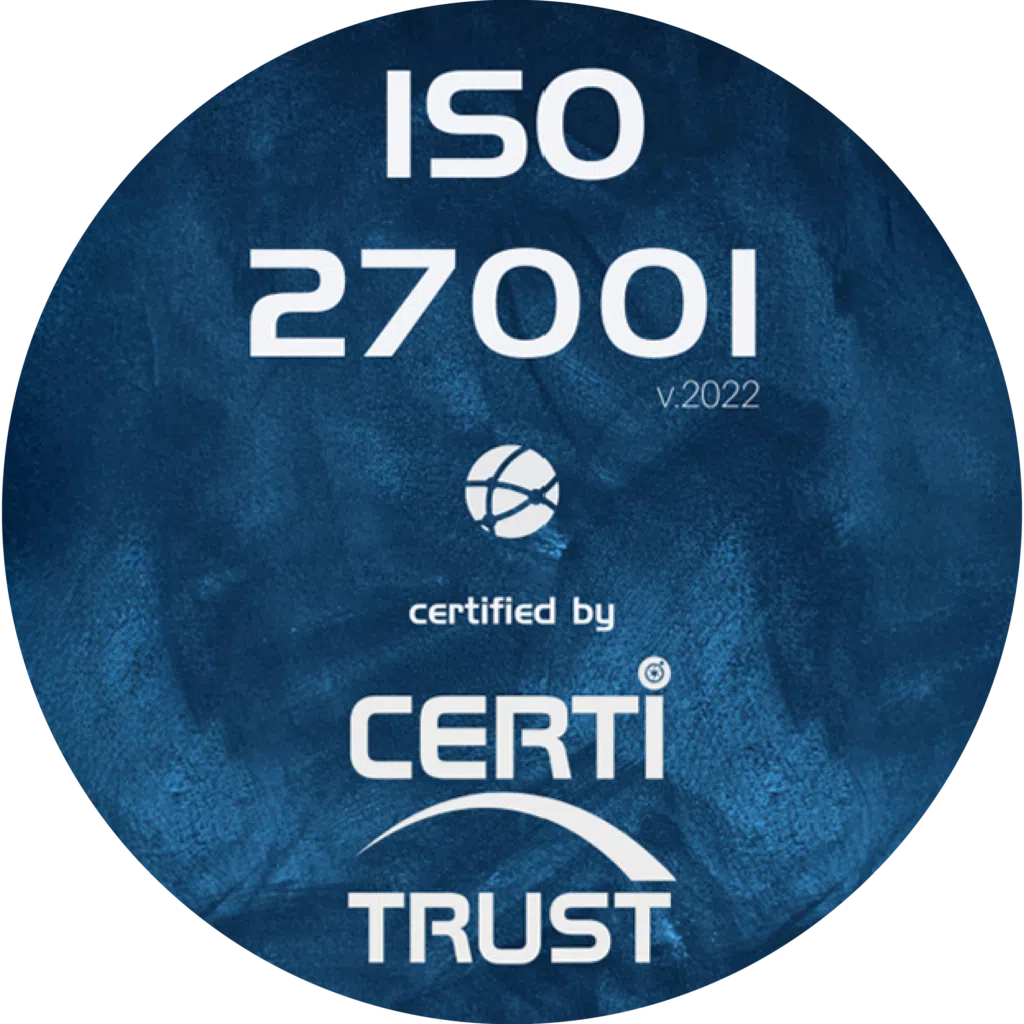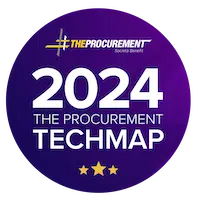Today, suppliers play a vital role in a company’s product development and operations. They are the pillars of the company’s competitive advantage. Sourcing, negotiating terms of trade, payment and delivery deadlines, and communication with your suppliers, for example, are all important elements in a customer-supplier relationship. Maintaining a good customer-supplier relationship and getting to know the suppliers you work with are essential to successful business. This is where Supplier Relationship Management (SRM) comes in. It’s a system that enables a company to manage and thus improve its relationship with its suppliers: improving communication and the flow of information between the two parties. Find out more about SRM and its role in improving supplier relations in this article.
SRM: Definition
As its name suggests, Supplier Relationship Management (SRM) is a software for managing supplier relationships. Specifically, SRM involves using a number of processes and methods to improve the supply mechanism. The SRM system is based on new technologies such as collaborative tools and SaaS (Software as a Service) applications. SRM provides companies that are customers of a product or service with the tools they need to make the most of their exchanges with suppliers. It also improves relationships with suppliers.
Why use SRM?
Because suppliers are a key pillar ofa company’s competitive advantage, it’s essential for any company wishing to grow to know how to choose them well and maintain good relations with them. It is important to take into account factors such as sourcing, negotiation of terms and conditions of trade, payment and delivery deadlines, and communication with suppliers… SRM software facilitates interaction between the company and its suppliers. It enables them to exchange information and communicate more effectively. To this end, the system gathers information, stores it, classifies it carefully and updates it continuously. This information concerns the company’s suppliers and partners.
On the other hand, the information gathered by the system on the company’s operations enables suppliers to adapt their services to the company’s demands and expectations. For a given product or service category, the company can then choose the supplier offering the service that best meets its expectations. This helps to improve the supply process, reduce production costs, improve product quality and, ultimately, lower the selling price to attract more customers.
Who can use SRM?
SRM enables companies to choose from among their suppliers of goods and services those that best meet their expectations. The aim is to achieve the ultimate goal of any business: to maximize revenues while reducing production costs. In this sense, software is most often used by a company’s purchasing department. However, companies are increasingly realizing that these departments are closely dependent on other departments, such as sales and product design. Purchasing departments therefore work with sales and product design departments to predict customer demand, supplier supply and the company’s production capacity.
What are the benefits of SRM?
The benefits of Supplier Relationship Management are numerous. Basically, the system helps the company to maintain a good relationship with its supplier partners. More than simply sharing information, it enables you to communicate with your suppliers around a methodology and vital information, with the aim ofbetter adapting both your respective services. Once the strategy has been drawn up, SRM enables you to :
- improve communication with your suppliers;
- improve your knowledge of the products or services you supply, as well as the financial advantage that each of your suppliers could bring you;
- share your methodology and organization with your suppliers in order to negotiate better supply conditions. A supplier with a good knowledge of your business will undoubtedly be able to offer you more personalized services that meet your expectations;
- build a win-win, long-term business relationship with each of your suppliers.


How does SRM work?
SRM solutions define customer relationship management in 6 steps. These steps are at the same time the 6 functionalities that the company uses to benefit from the software.
Stage 1: Collaborative design
Also known as “collaborative design”, this stage consists in defining and entering into the software everything the company needs in its production process. It involves finding and entering answers to the following questions:
- what do I need to manufacture my product?
- which raw materials should I buy to minimize my production costs?
- what delivery times can I afford?
- what characteristics should my products have?
- what are the peak periods for my business?
Step 2: Sourcing
Quite simply, this is the sourcing stage. At this stage, the software helps you select the suppliers who best meet the criteria you defined in the first step. The SRM algorithm actually sorts the available suppliers according to the prices offered, delivery times and product warranties. It then displays a list of 3 to 4 suppliers who best meet your criteria.
Step 3: Final selection
This is the most important stage of the process. This is when the company makes its final choice of supplier. Suppliers selected during the sourcing process send the company documents such as requests for quotations, price proposals and information on the supplier’s business status. They apply to win the contract. The company then has everything it needs to make the right choice.
Stage 4: Negotiation
This stage simply involves formalizing the commercial relationship between the company and the chosen supplier. This is done by signing a contract based on the supplier’s selection criteria.
Stage 5: Procurement
Here, both parties negotiate the basis on which they intend to operate, particularly with regard to the logistical aspects of the various deliveries, payment terms and methods, and the order fulfillment process.
Step 6: Supplier evaluation
The last and often most neglected stage in the process, this involves the company analyzing and rating its supplier’s performance, once delivery has been made. A company that maintains stable, fruitful relationships with its suppliers ensures that its operations run smoothly, that its products offer good value for money, and that it has an unrivalled competitive edge. To achieve this, there are a number of ways in which companies canmaintain good relations with their suppliers. Management software represents a real lever for growth in supplier relations. Supplier Relationship Management solutions are just such a tool, enabling companies to manage their supplier relationships by sharing information between the two parties.
Training your teams to use SRM
Implementing a supplier relationship management system requires a thorough understanding of purchasing processes and supplier management. This is where the importance of training and education comes into play. Through proper training, employees learn to master SRM effectively, leading to improved supplier relations. Training can cover several aspects of SRM, such as using the system interface, understanding the different functionalities and how to use them to orchestrate supplier relations effectively.
Take the example of employees: they can be trained to use SRM to track supplier performance, manage contracts and orders, and establish constant communication with suppliers. However, training doesn’t have to be a one-off event. As SRM evolves, and new functionalities are introduced, further training is required to ensure that all users are up to date.
Integrating SRM with other business management systems
Integrating SRM with other management systems can be an important step in maximizing the efficiency of purchasing and supplier management processes. By merging SRM with systems such as Customer Relationship Management (CRM ) or Enterprise Resource Planning (ERP) systems, companies can gain a more complete and consistent view of their operations.By integrating SRM with a CRM system, companies can align their purchasing and sales strategies. Supplier information available in SRM can inform sales strategies, while customer information from CRM can inform purchasing decisions.
Similarly, integrating SRM with an ERP system enables better coordination between different departments within the company. Supplier order information from the SRM can be used to inform production planning in the ERP, while inventory information from the ERP can be used to inform purchasing decisions in the SRM.
Want to learn more about our Weproc procurement management software?
Contact us or request your 15-minute demo below!







